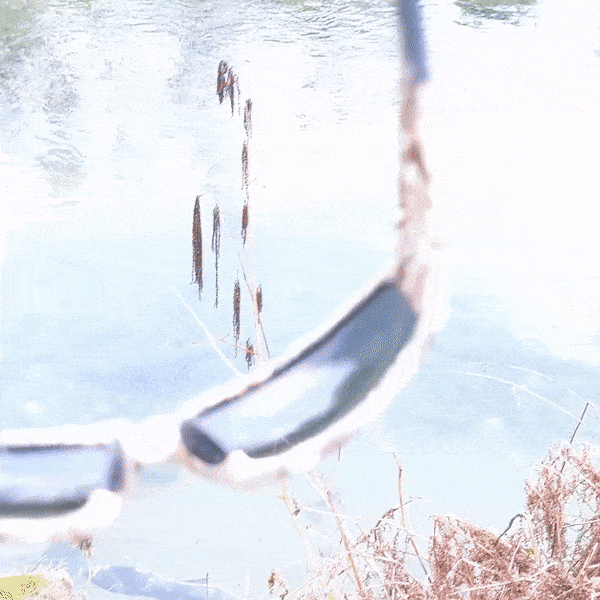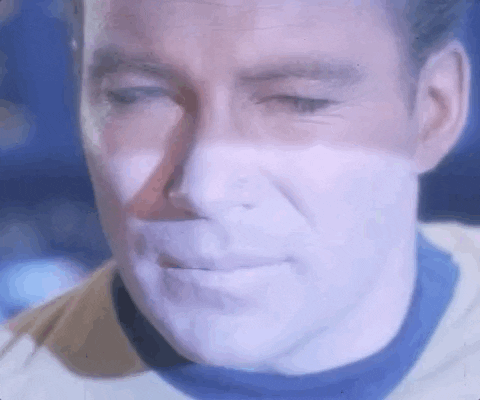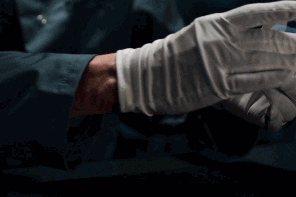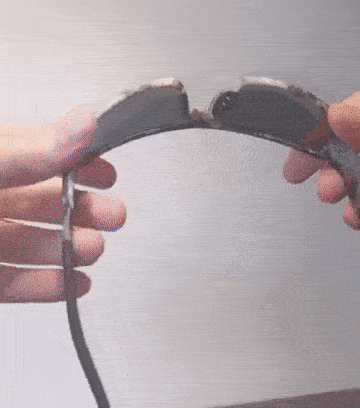
Fishing is a competitive sport.
And when it comes to the competition, many fishermen want to have every advantage they can get - whether that's using the best bait or having the best fishing rod.
But if you're not careful, your eyes could be your biggest handicap!
So here are some tips for picking the right fishing sunglasses for you.
1.) Polarized Lenses
Glare is the enemy when you're out fishin'.
All those rays from the sun reflect off the water and right into your eyes making it much brighter than if you were on land.
This can cause eye fatigue and headaches, but it also makes it near impossible to see into the water.
And if you're wanting to sight fish, or see where those weed beds, logs or drop-off's are...
...Well, then you're gunna have a tough time.
Overall, here is what you can expect from good polarized lenses:
- Clearer vision, especially in bright light
- Increased contrast and minimal color distortion
- Reduced glare and reflection
- Reduced eyestrain
- See DEEPER into the water
In terms of performance, polarized lenses are the BIGGEST factor for quality fishing sunglasses.
UV damage to your eyes can start in as little as 15 minutes when you're outdoors.
That is a little scary considering you can experience up to 25% MORE radiation when out on the water.
The health risks for your eyes when unprotected include:
- Cataracts
- Macular Degeneration
- Pterygium
- Keratitis
- Skin Cancers of the Eyelid
So although it may not improve your fishing experience, having sunglasses rated for UV400 protection are the best defense against eye disease so you can ensure you can keep on fishin'!
Sunglasses with this level of protection block an even wider spectrum than the CE and British Standard models, making them the ultimate protection for your eyes.
Moral of the story: don't skimp on your eye protection when you're out on the water!
Lens color is not a one-size-fits-all sort of situation.
In fact, its mostly based on the type of fishing you're doing and the current conditions.
So lets dive in to some different use cases for different colored lenses...
Blue mirror lenses
These are the best choice for offshore and deep sea fishing.
If you're out in the ocean facing heavy sun and glare and need maximum protection - these are what you need.
The blue mirror matches the color of the deep ocean water which helps reflect more of the light away from your eyes.
This dramatically reduces eye fatigue and allow for better contrast and visual clarity on the open water.
Green mirror lenses
These are the best choice when you're fishing inshore or flats.
Green mirror lenses provide minimal color distortion and enhanced contrast. So, they can brighten shadows while minimizing glare. A great choice for sight fishing.
Another advantage is they are effective when its sunny or cloudy. So, when the clouds decide to come out, you still get great contrast and clear vision.
Finally, they can help spot green objects under the water such as weed beds (or bass!) - which can be very useful in brown or shallow water.
Orange mirror lenses
Good for lower light fishing around dawn and dusk, but still effective in brighter conditions.
The orange mirror lens helps block more of the orange light often seen around dawn or dusk allowing for better contrast and clearer vision at these times.
Since they have a mirror coating, they will provide more protection from glare than a pure amber or yellow lens and can still be effective even in brighter conditions (but less so than the blue or green).
Since they are not as dark as some of the other lenses options, they are a good choice in cloudy or dim conditions.
Grey lenses
The classic. All around good choice for a variety of conditions.
There is a reason grey lenses are so popular, its because they are extremely versatile.
They work well in bright conditions to help minimize eye strain and fatigue, but can still be used in slightly dimmer conditions so they are perfect for variable weather.
Since they filter all light equally, you also see the true colors of your surroundings.
Grab these when you're not sure what conditions you might be facing.
amber lenses
Best for sight fishing in shallow water and lower light conditions.
Amber lenses block out blue light and are excellent at increasing contrast.
This makes them the perfect choice when you are sight fishing in shallow water, whether it be inshore, flats, rivers or streams.
Although they provide adequate protection for brighter conditions, they work best in lower light or overcast weather.
So if you're looking for maximum contrast for sight fishing, or are fishing the shallows under dimmer conditions - these are the perfect pair to use.
photochromic lenses
The best choice for low light and variable conditions.
Photochromic lenses change their tint based on the conditions, darkening up as it becomes brighter.
These are the perfect solution in extremely low light conditions when you still want the advantage of polarized lenses, but don't need as much protection from the sun.
Since they darken to provide more protection when the sun comes out, they are excellent to use in variable conditions.
4.) Lens Material
There are 3 main materials used for lenses in fishing sunglasses, each with their own advantages and disadvantages.
Glass
Advantages:
- Highest optical clarity
- Scratch resistant
- Not impact resistant
- Heavy
- Expensive
Polycarbonate
Advantages:
- Extremely impact resistant
- Lightweight
- Naturally provides UV400 protection
- Lower clarity
- Not naturally scratch resistant
- Good visual clarity
- Lightweight
- Scratch and impact resistant
- Lower clarity than glass
- Less impact resistant than polycarbonate (but still very impact resistant, check out this gif)
Advantages:
5.) Comfort


- HD Polarized Lenses
- 6 Lens Colors Options
- UV400 Protection
- TAC Lens Material
- TR-90 Plastic Frames












